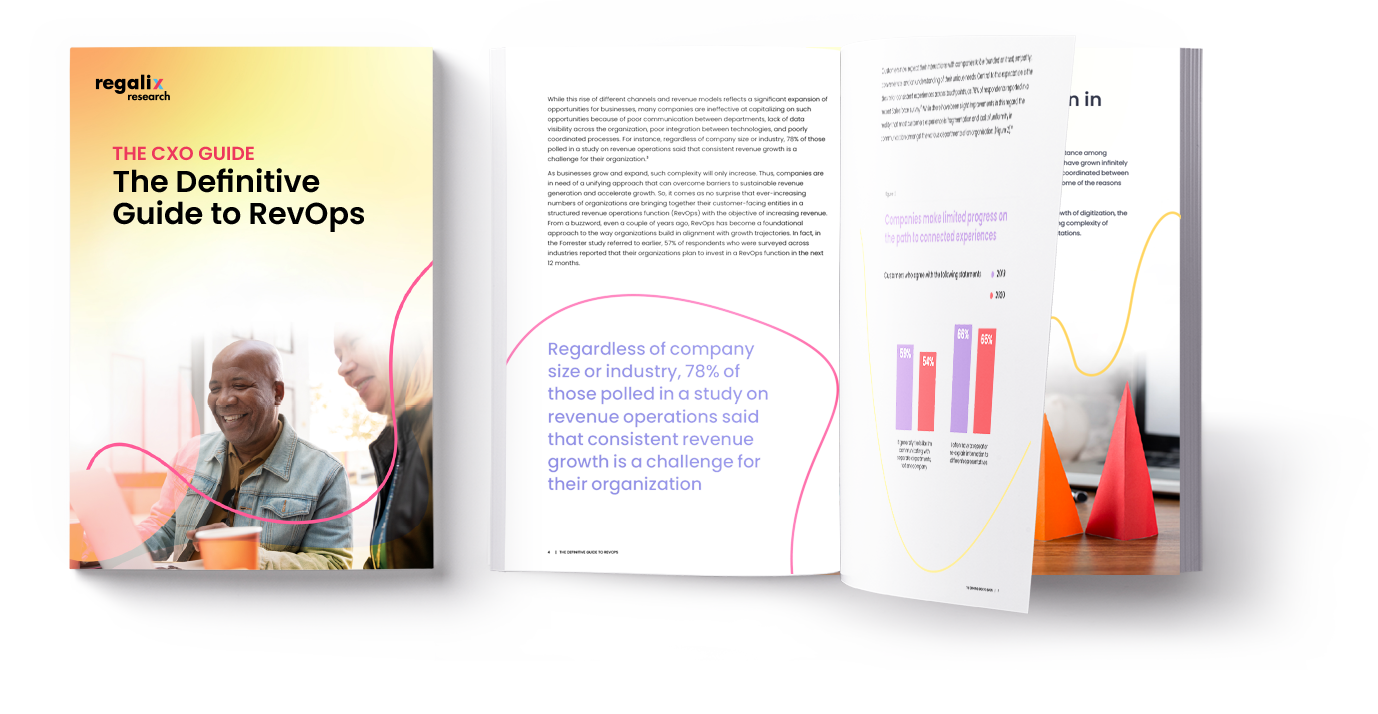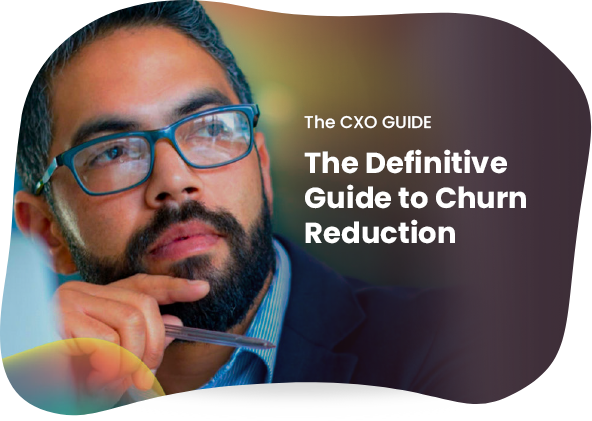The Definitive Guide to RevOps

Summary
From a buzzword a few years ago, RevOps has become a foundational approach for companies to develop more structured go-to-market strategies. When done right, RevOps promises significant efficiency gains, organizational efficacy, customer centricity, and cost saving. In fact, 57 of surveyed respondents reported that their organizations plan to invest in a RevOps function in the next 12 months.
In this guide, we’ll break down the rapidly-evovling landscape of RevOps and learn:
- What are the biggest benefits of RevOps
- How to build a comprehensive and interconnected RevOps process
- What are the challenges of building a successful RevOps function
- Why outsourcing RevOps can be a game changer
- And more
Download this guide now!



